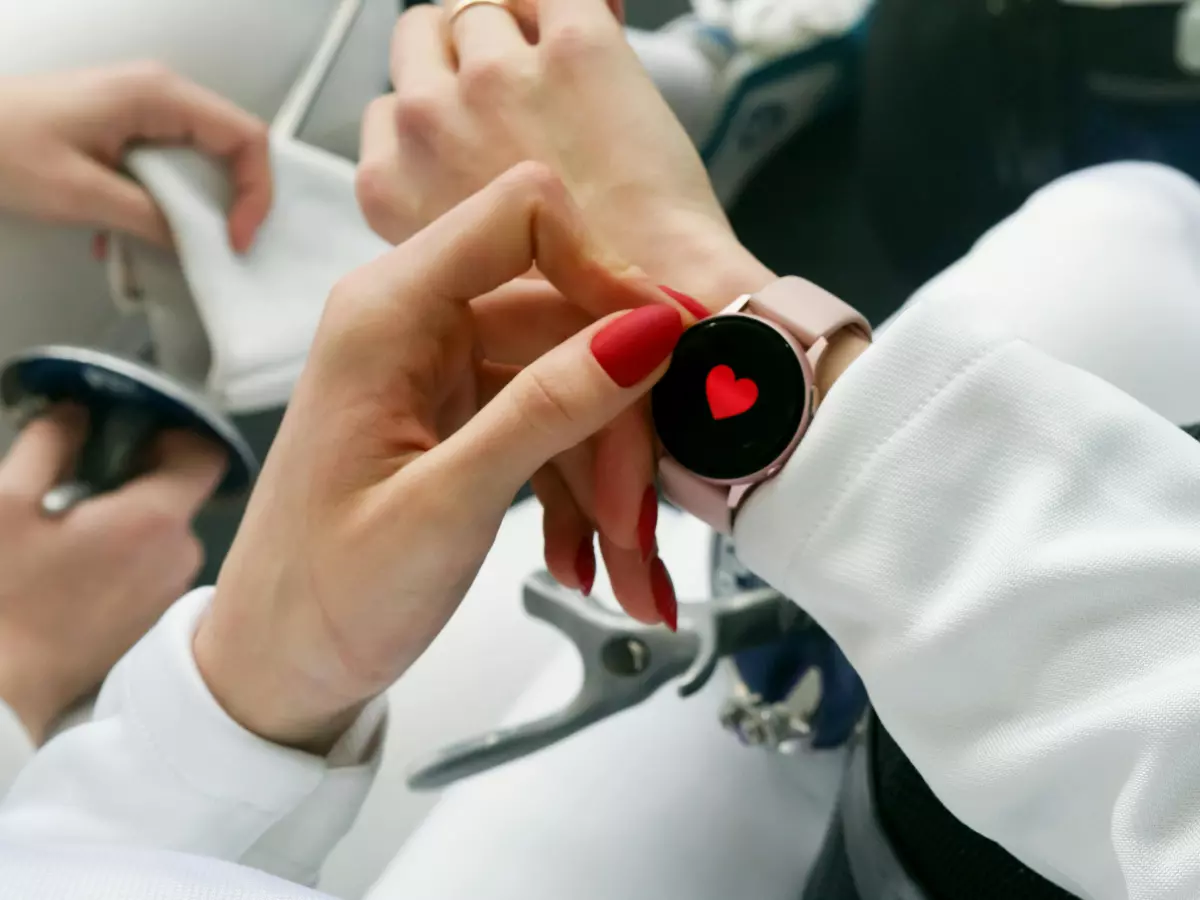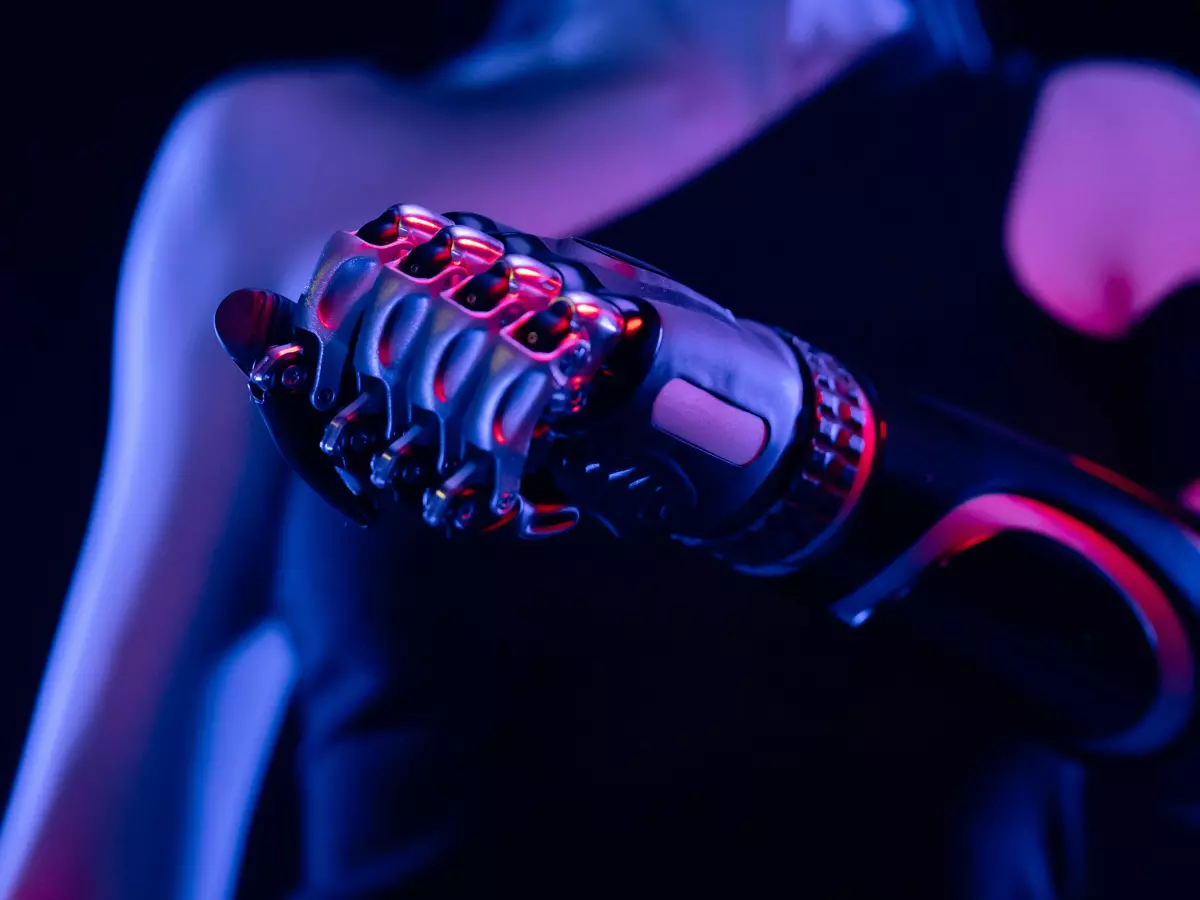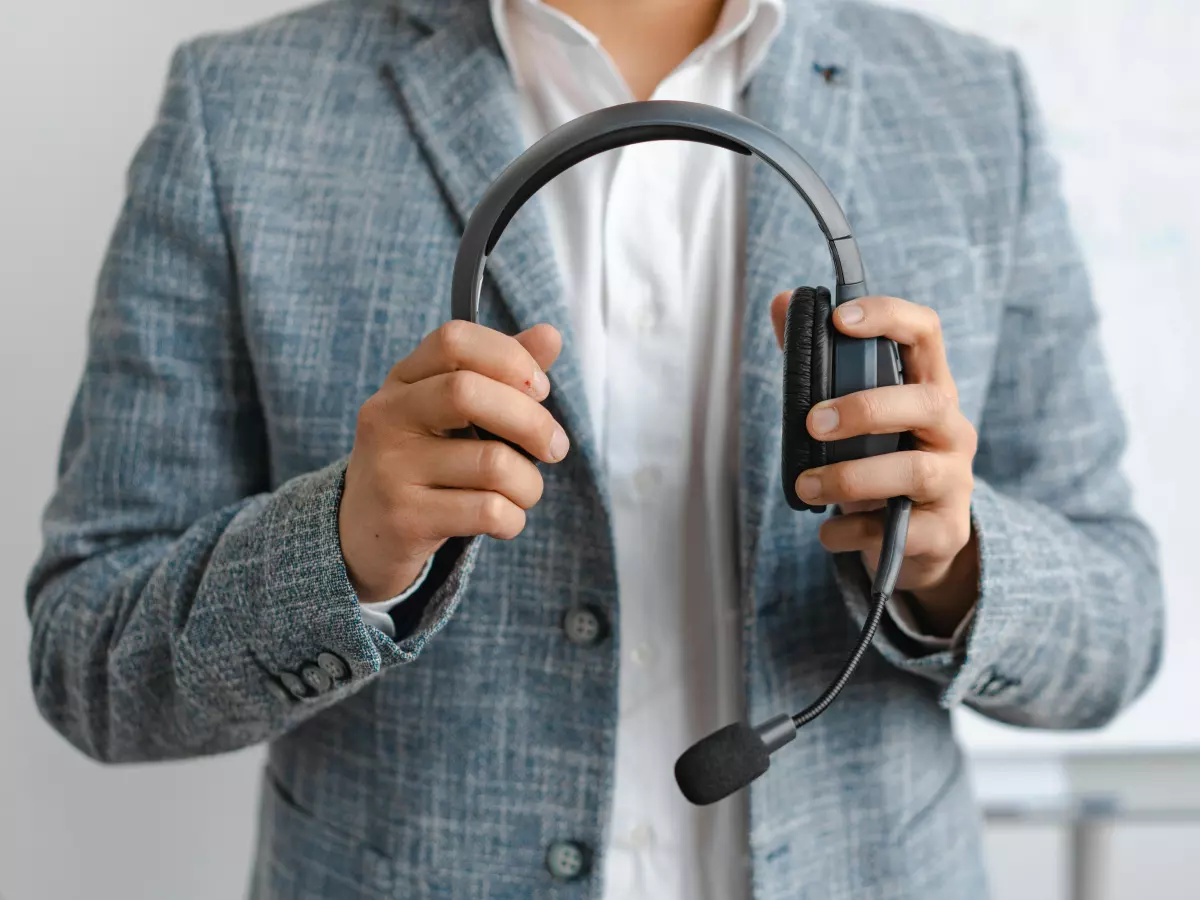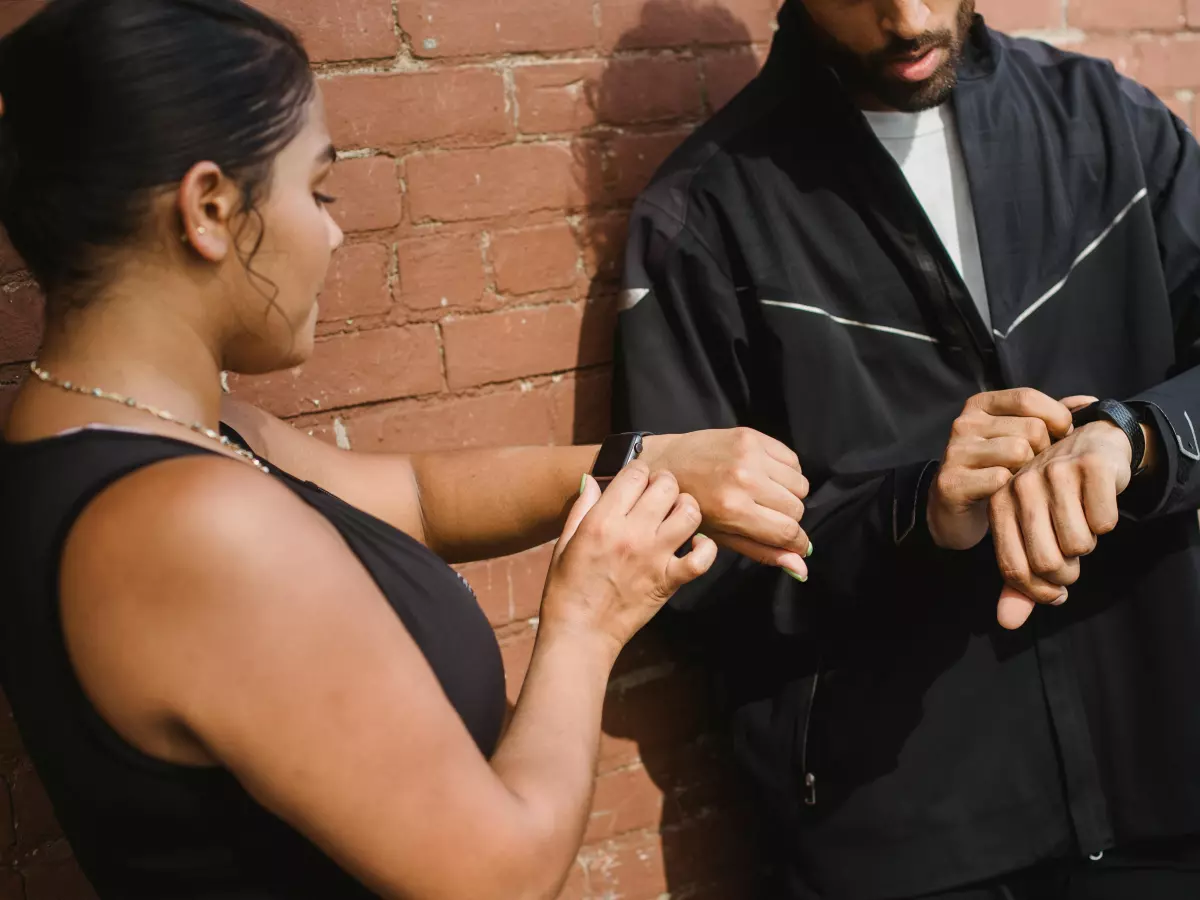Precision in Motion
Wearables are like the Swiss Army knives of the tech world—small, versatile, and packed with tools that make them indispensable. But what really makes them tick? It’s all about the sensors.

By Nina Schmidt
“The goal is to turn data into information, and information into insight.” This quote by Carly Fiorina, former CEO of Hewlett-Packard, perfectly encapsulates the essence of wearable technology. Wearables are more than just flashy gadgets; they’re data-driven devices designed to provide insights into our health, fitness, and daily activities. But how do they manage to do this with such precision? The answer lies in the sensors embedded within them.
Wearable devices, whether they’re fitness trackers, smartwatches, or even smart rings, rely heavily on sensors to gather data. These sensors are the unsung heroes that measure everything from heart rate to body temperature, movement, and even blood oxygen levels. But it’s not just about collecting data; it’s about collecting accurate data. And that’s where things get interesting.
The Sensor Symphony
Think of the sensors in your wearable as a finely tuned orchestra. Each sensor plays its own part, contributing to the overall performance. There’s the accelerometer, which measures your movement and helps track steps. The heart rate monitor, often using photoplethysmography (PPG), shines light through your skin to measure blood flow. Then there’s the gyroscope, which detects orientation and rotation, and the barometer, which measures atmospheric pressure to estimate altitude.
All these sensors work together to create a detailed picture of your activity and health. But here’s the kicker: accuracy is key. If your wearable can’t accurately measure your steps, heart rate, or sleep patterns, it’s not much more than a glorified bracelet. So, how do these sensors ensure accuracy? It’s a combination of hardware, software, and some seriously smart algorithms.
Hardware: The Foundation of Accuracy
The first step to accurate data collection is the quality of the sensors themselves. Wearables use micro-electromechanical systems (MEMS) sensors, which are tiny but mighty. These sensors are designed to be both energy-efficient and highly sensitive. For example, accelerometers can detect even the smallest movements, while heart rate monitors are tuned to pick up subtle changes in blood flow.
But it’s not just about having good sensors; it’s about placing them correctly. The positioning of sensors on your body can significantly affect accuracy. For example, a heart rate monitor on your wrist might not be as accurate as one on your chest because the blood flow in your wrist is more variable. That’s why some wearables, like chest straps, are still considered the gold standard for heart rate monitoring during intense exercise.
Software: The Brain Behind the Sensors
While hardware lays the foundation, software is what brings it all together. The sensors in your wearable generate raw data, but it’s the software that processes this data and turns it into something meaningful. This is where algorithms come into play.
Algorithms are the secret sauce that makes wearables so accurate. They take the raw data from the sensors and filter out noise—like the random movements you make while sitting at your desk or the slight fluctuations in your heart rate when you’re not exercising. These algorithms are designed to recognize patterns in your data and make sense of them. For example, they can distinguish between walking and running based on the intensity and frequency of your movements.
But it doesn’t stop there. Wearables often use machine learning to improve their accuracy over time. As you wear your device, it learns more about your unique patterns and adjusts its algorithms accordingly. This means that the longer you use your wearable, the more accurate it becomes.
Battery Life: The Balancing Act
Of course, all this accuracy comes at a cost—battery life. Sensors and software require power, and the more accurate your wearable is, the more energy it’s likely to consume. This is why wearables are constantly balancing accuracy with battery efficiency.
To extend battery life, wearables often use low-power sensors and optimize their software to run efficiently. For example, some devices only activate certain sensors when they detect specific activities, like turning on the heart rate monitor during exercise. Others use predictive algorithms to estimate your activity without constantly relying on sensor data.
Battery life is a crucial factor in wearable design, and manufacturers are always looking for ways to improve it without sacrificing accuracy. This is why many wearables now come with features like adaptive brightness, which adjusts the screen’s brightness based on your environment, and power-saving modes that limit sensor activity when the battery is low.
Software Integration: The Glue That Holds It All Together
Finally, we can’t talk about accuracy without mentioning software integration. Wearables don’t exist in a vacuum; they’re part of a larger ecosystem that includes your smartphone, cloud services, and even other wearables. This integration is what allows your wearable to sync data with your phone, analyze it in the cloud, and provide you with detailed insights.
For example, many wearables use Bluetooth to sync data with your smartphone, where it’s processed and stored. From there, the data can be uploaded to the cloud, where more advanced algorithms analyze it and provide insights. This integration is what allows you to track your progress over time, set goals, and even share your data with healthcare providers.
Without this seamless integration, your wearable would be little more than a fancy pedometer. It’s the combination of sensors, software, and integration that makes wearables so powerful—and so accurate.
The Future of Wearable Accuracy
So, where do we go from here? As wearable technology continues to evolve, we can expect even more accurate sensors, smarter algorithms, and better battery life. Companies are already working on new types of sensors that can measure things like hydration levels, blood glucose, and even stress. These sensors will provide even more detailed insights into our health and fitness, making wearables an even more essential part of our daily lives.
At the same time, advances in machine learning and artificial intelligence will make wearables even smarter. These devices will be able to predict your needs before you even know you have them, offering personalized recommendations based on your unique data.
In short, the future of wearables is all about accuracy—and the sensors, software, and battery life that make it possible.
So, the next time you strap on your smartwatch or fitness tracker, take a moment to appreciate the tiny sensors working behind the scenes to give you the most accurate data possible. After all, in the world of wearables, precision is everything.




